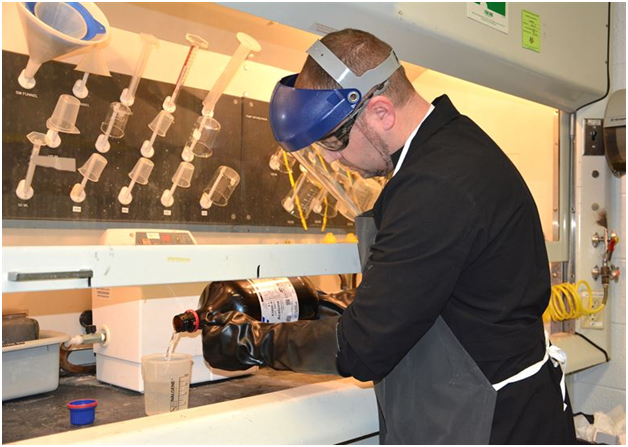Creating a performing team involves having a clear vision fostering collaboration and ensuring that team members are fully engaged in their work. Such teams consistently achieve their goals and cultivate a strong work culture. They also promote the sharing of practices, establishing a strong foundation of trust.

However building a performing team is not without its challenges. It requires leadership from the top along with defined criteria for selecting the right individuals for the job. Additionally leaders must possess goal setting skills, communication abilities and provide constructive feedback aimed at improving performance. To find out more about the role of an Agile Scrum Master, visit https://www.agilescrumsolutions.co.uk/
Extensive research on teams has highlighted three factors; autonomy, competence and relatedness. When these factors are met, team members feel motivated and energised to perform at their best. Conversely when these factors are lacking, disengagement and reduced productivity become evident.
The initial step towards fostering a performing team involves hiring based on specific characteristics and conducting performance focused exercises during the interview process. This ensures that potential team members possess both the skills and compatible personalities, for collaboration. It also helps ensure that individuals don’t feel like they’re being pushed out of their comfort zone or forced to conform.

Once a team is hired, the leader of a performing group will consistently prioritise tasks. They will keep the organisation’s goals at the forefront of their team’s minds, and regularly communicate how these goals relate to project objectives. This approach helps drive success, foster innovation and achieve desired outcomes.
High performance teams also value recognition. They recognise that each team member may have preferences for how they prefer to be acknowledged. They are always on the lookout for ways to celebrate their colleagues’ achievements – both big and small. They commemorate milestones and accomplishments, using data to give reactive praise when appropriate.
Moreover high performance teams are not afraid to confront conflict. They have an understanding of differences and can effectively discuss issues in a manner that maintains respect. They also acknowledge that trade offs are inevitable and not every outcome can be perfect.
Building and leading a high performance team is undoubtedly challenging but achievable. Such teams bring value to any organisation and should be nurtured in order for them to reach their full potential. These are the steps that you can follow to create and sustain a performing team, which will ultimately lead your organisation towards success.



